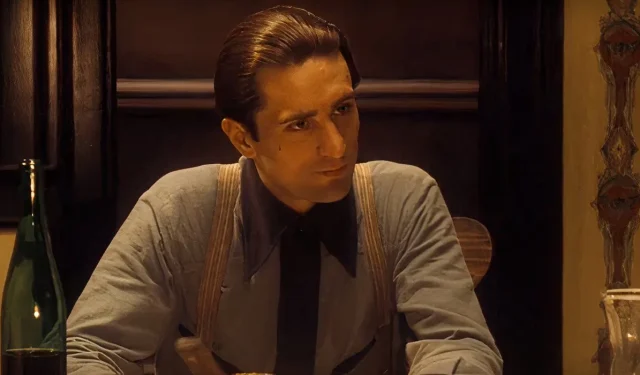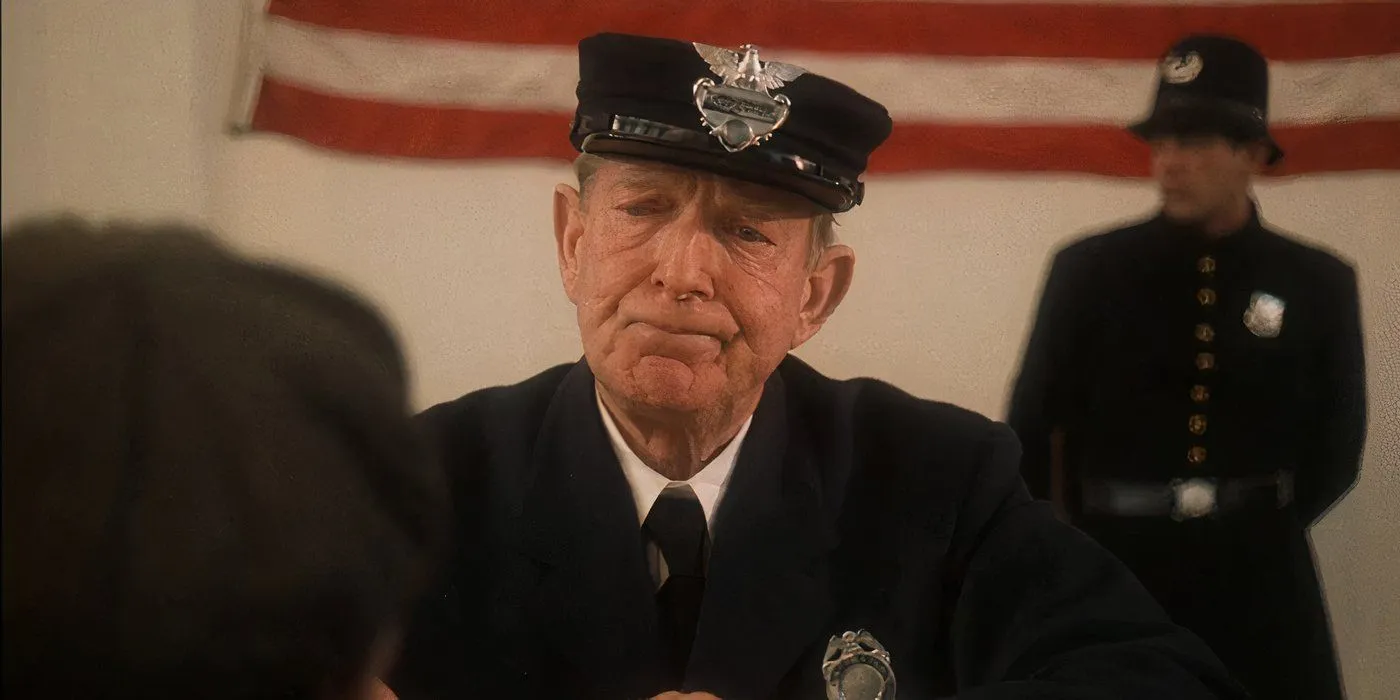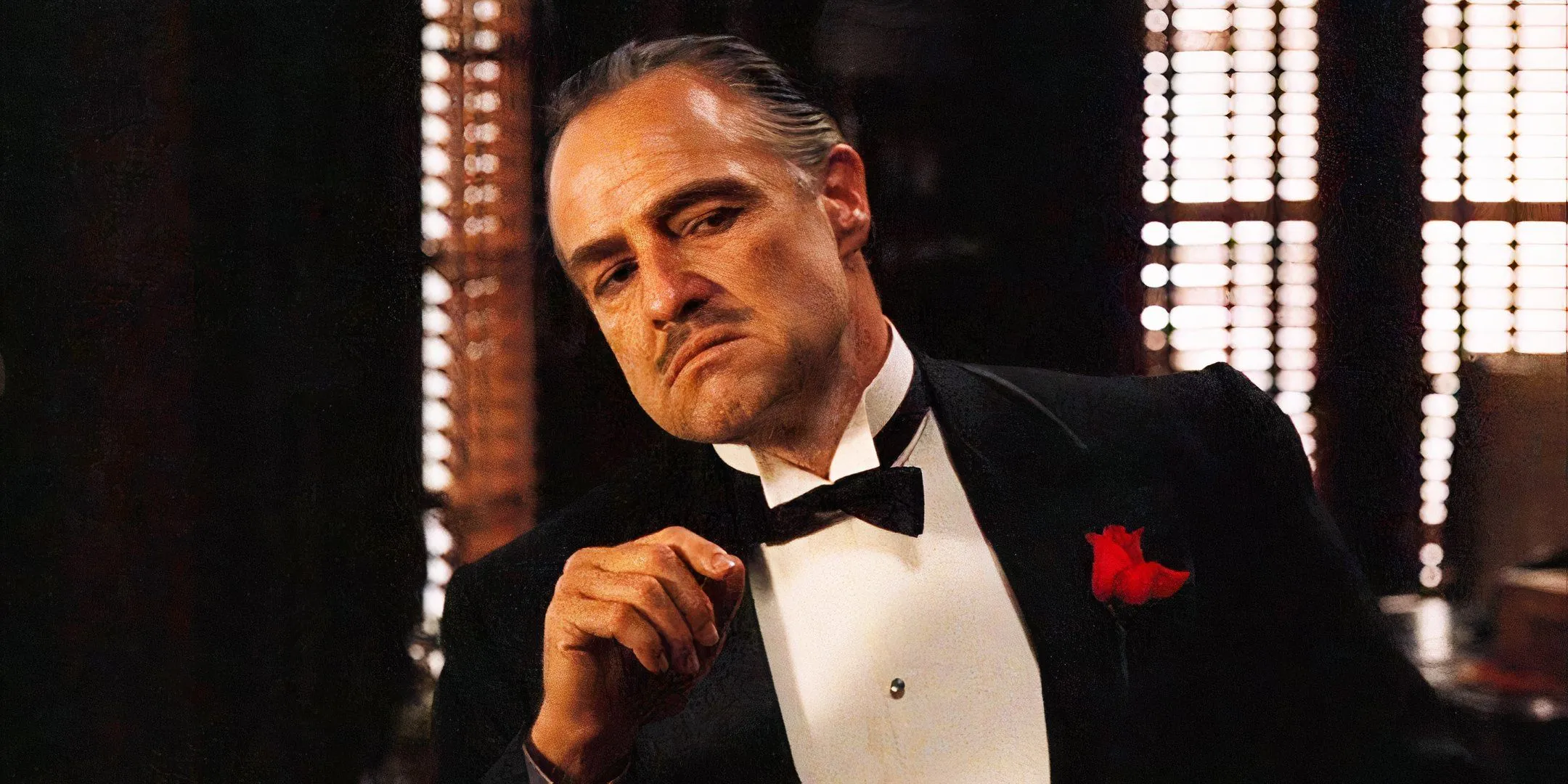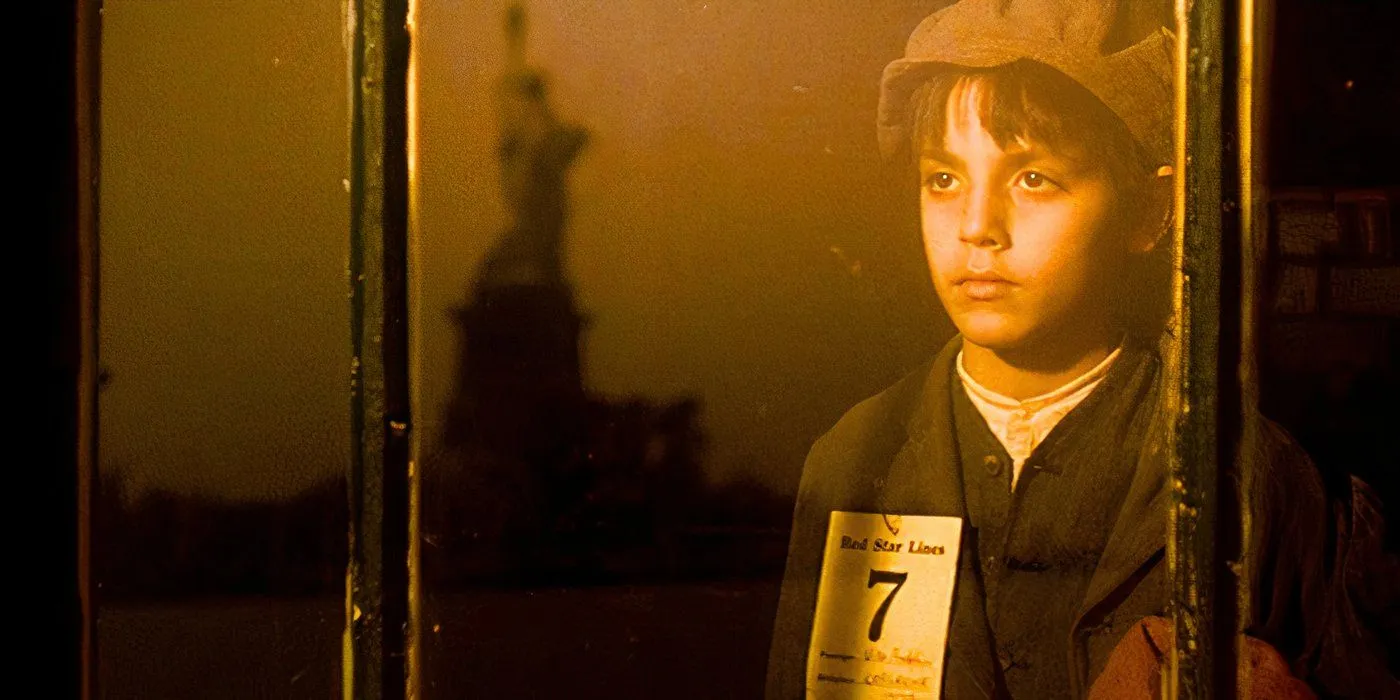
In the iconic film The Godfather, the character Vito Corleone, masterfully portrayed by Marlon Brando, undergoes a significant transformation from his birth name, Vito Andolini. This change reflects both incidental and thematic significance throughout the narrative. While audiences are introduced to Don Vito as a grandfatherly figure at the height of his power, the prequel, The Godfather Part II, delves into Vito’s early life, revealing a poignant backstory that set the stage for his formidable future. As a child of nine in 1901, Vito flees from Sicily, the site of his parents’ murder at the hands of a mafia boss. This harrowing journey leads him to New York, where he ultimately rises to prominence in the underworld.
It is crucial to note that while the name “Corleone”is synonymous with power within the film’s universe and among its fans, it is not Vito’s original surname. Born as Vito Andolini and raised by his father and mother on the Sicilian isle, Vito adopts “Corleone”only after his immigration to America. The reasons for this name change, steeped in complexity, reveal much about Vito’s new identity and the societal context of his time.
The Accidental Adoption of “Corleone”
The Immigration Worker’s Oversight

The circumstances surrounding Vito’s name change are portrayed subtly in The Godfather Part II. Upon reaching Ellis Island, Vito experiences a communication barrier that leads to a crucial mistake—the immigration officer incorrectly records his surname. This incident becomes a defining moment in Vito’s identity.
It’s possible that this error reflects a broader commentary on the treatment of Italian immigrants, who often faced prejudice and misunderstanding. The character Senator Geary’s later derogatory remarks further illuminate the systemic discrimination that Sicilians encountered. The oversight by the immigration officer may stem from a lack of regard for Vito’s heritage and identity, suggesting a troubling pattern of denial or ignorance among officials of the time. This failure to accurately record Vito’s name symbolizes a dismissive attitude toward the individuality of immigrants, focusing instead on efficiency.
Maintaining the Corleone Surname
The Reasons Behind Vito’s Choice


While The Godfather Part II addresses the initial surname change, it leaves the reasons for Vito’s decision to keep “Corleone”less clear. By the time he established himself as a significant figure in New York, Vito had surely recognized that his original name, Andolini, had been mistakenly recorded. Yet, he chose not to reclaim it. Several compelling factors may explain this decision.
First, the process of legally changing his surname would have been both arduous and costly. By the time Vito had established the wealth and influence needed to revert to Andolini, he had already cultivated a community of associates and family who recognized him as Don Corleone. Moreover, the name “Corleone”created an enduring connection to his Sicilian roots. Although his birthplace could still be honored with his original name, Corleone serves as a continuous reminder of not only his lineage but also his homeland.
The Symbolism of the Corleone Surname

The transformation from Andolini to Corleone is not merely a name change; it symbolizes Vito’s profound metamorphosis. This pivotal moment signifies the beginning of a new life where Vito transitions from an innocent child to a powerful crime boss. Such a contrast emphasizes the division between his past and present existence.
This shift also echoes the overarching theme of the American Dream, which resonates throughout The Godfather. The film opens with the declaration, “I believe in America,”highlighting the enduring quest for prosperity and success. Vito’s inadvertent renaming serves as a powerful symbol of reinvention, embodying the limitless possibilities that America offered to immigrants, illustrating that identity is often shaped by circumstance, and that anyone can forge a new path, regardless of their beginnings.



Leave a Reply